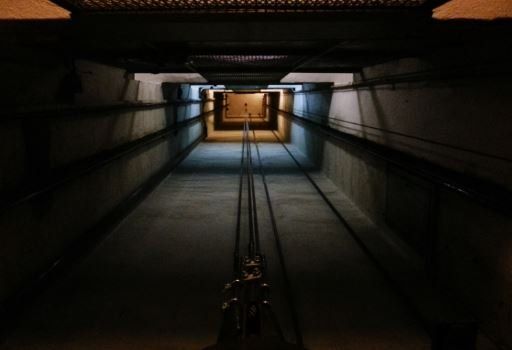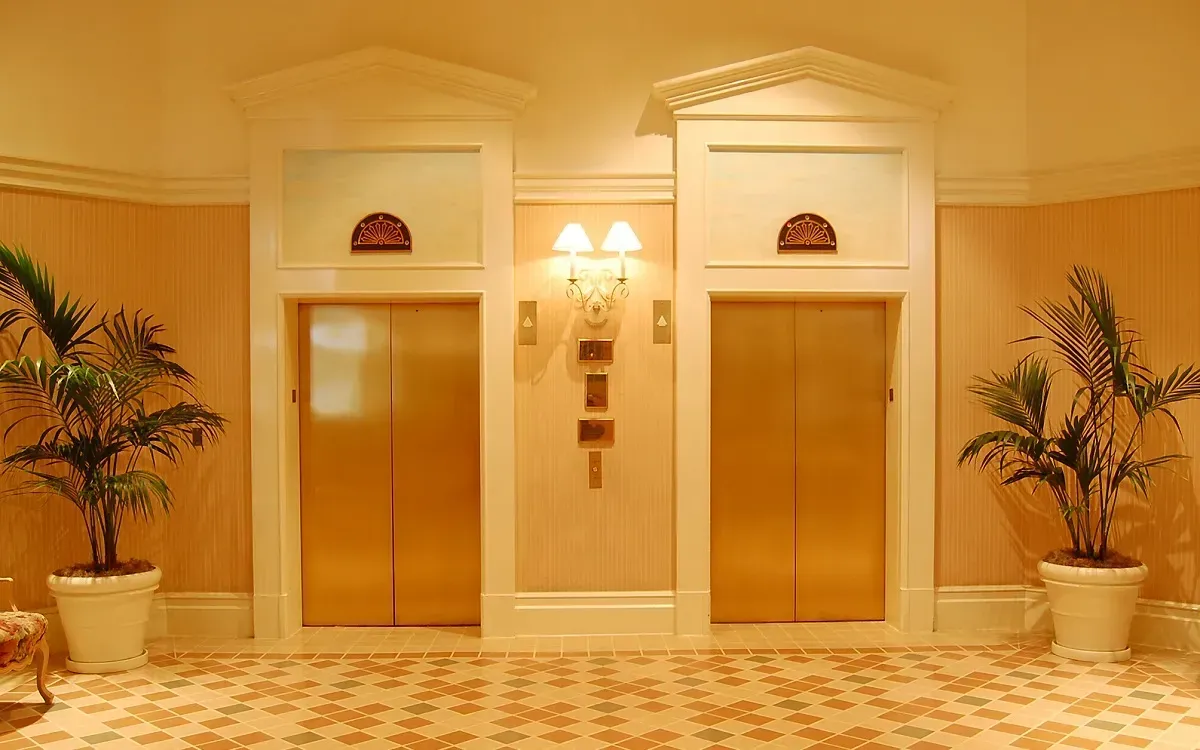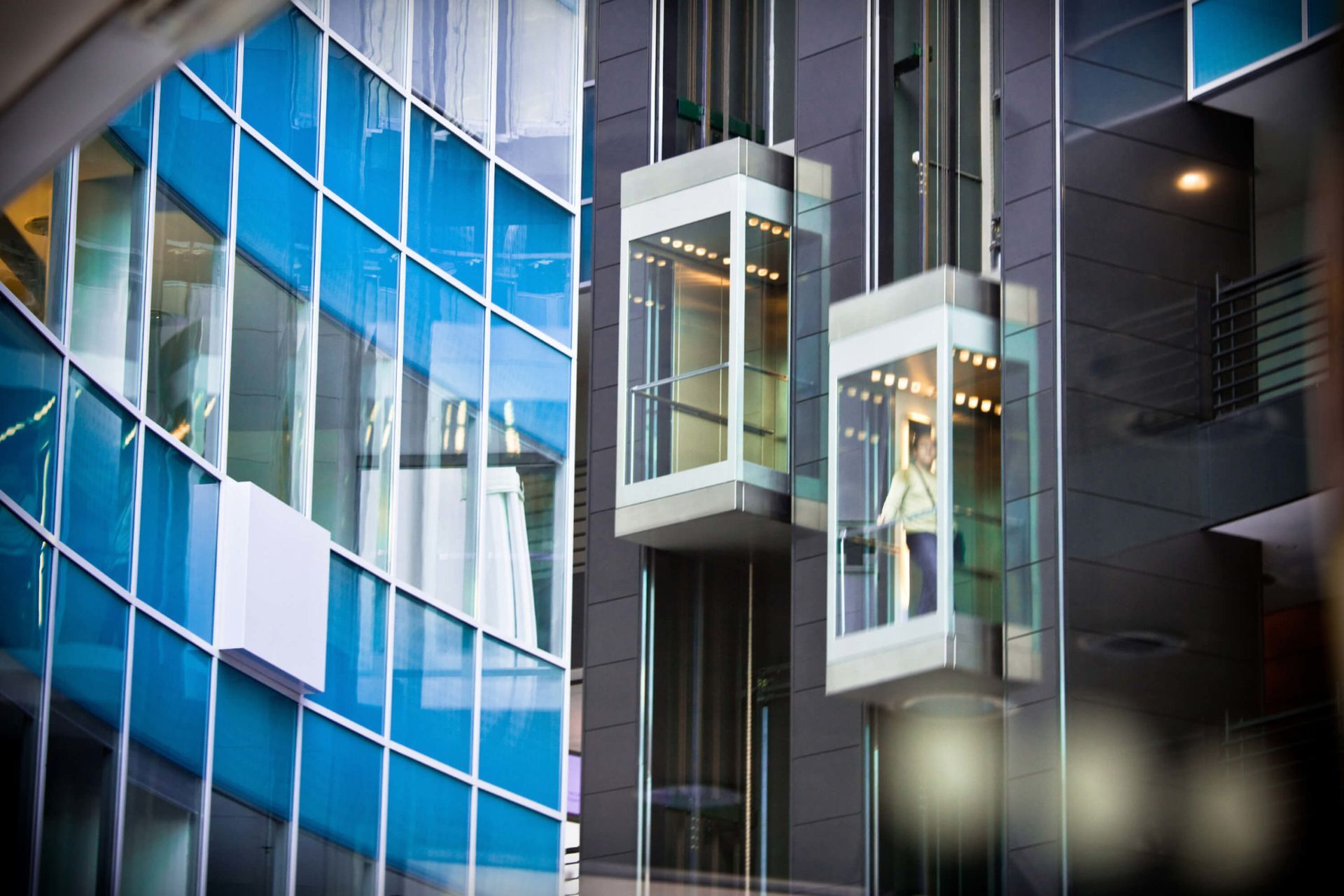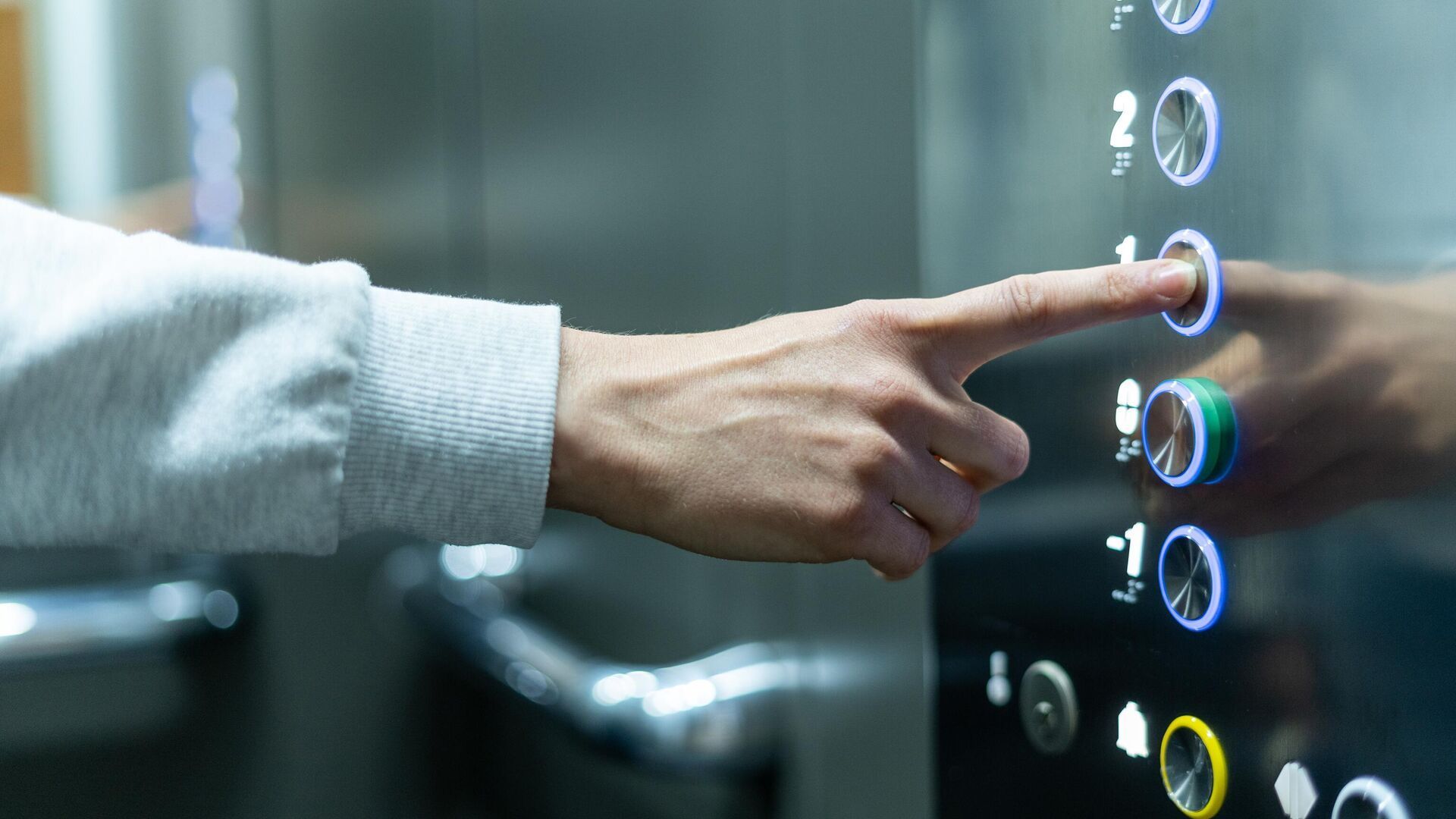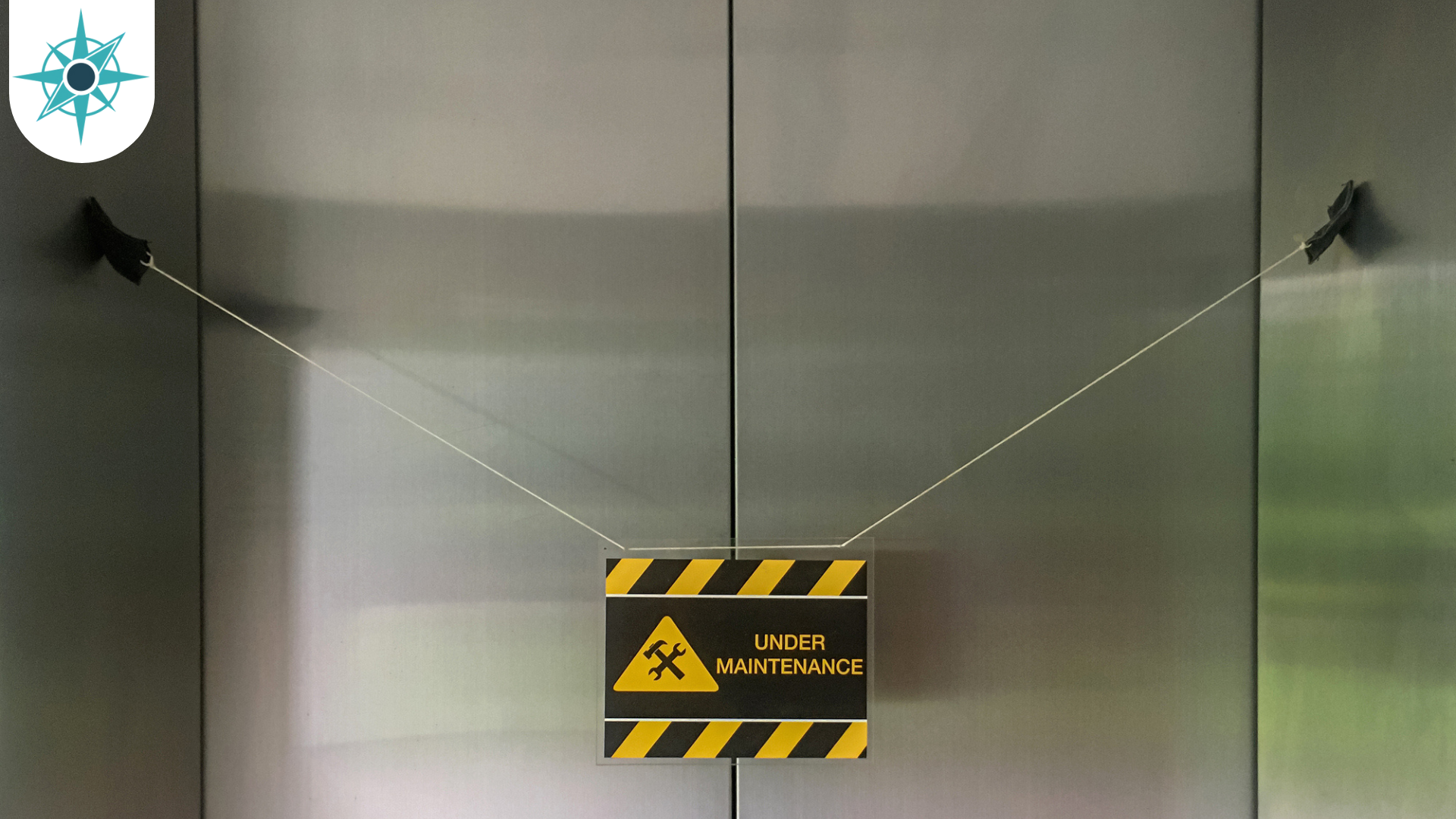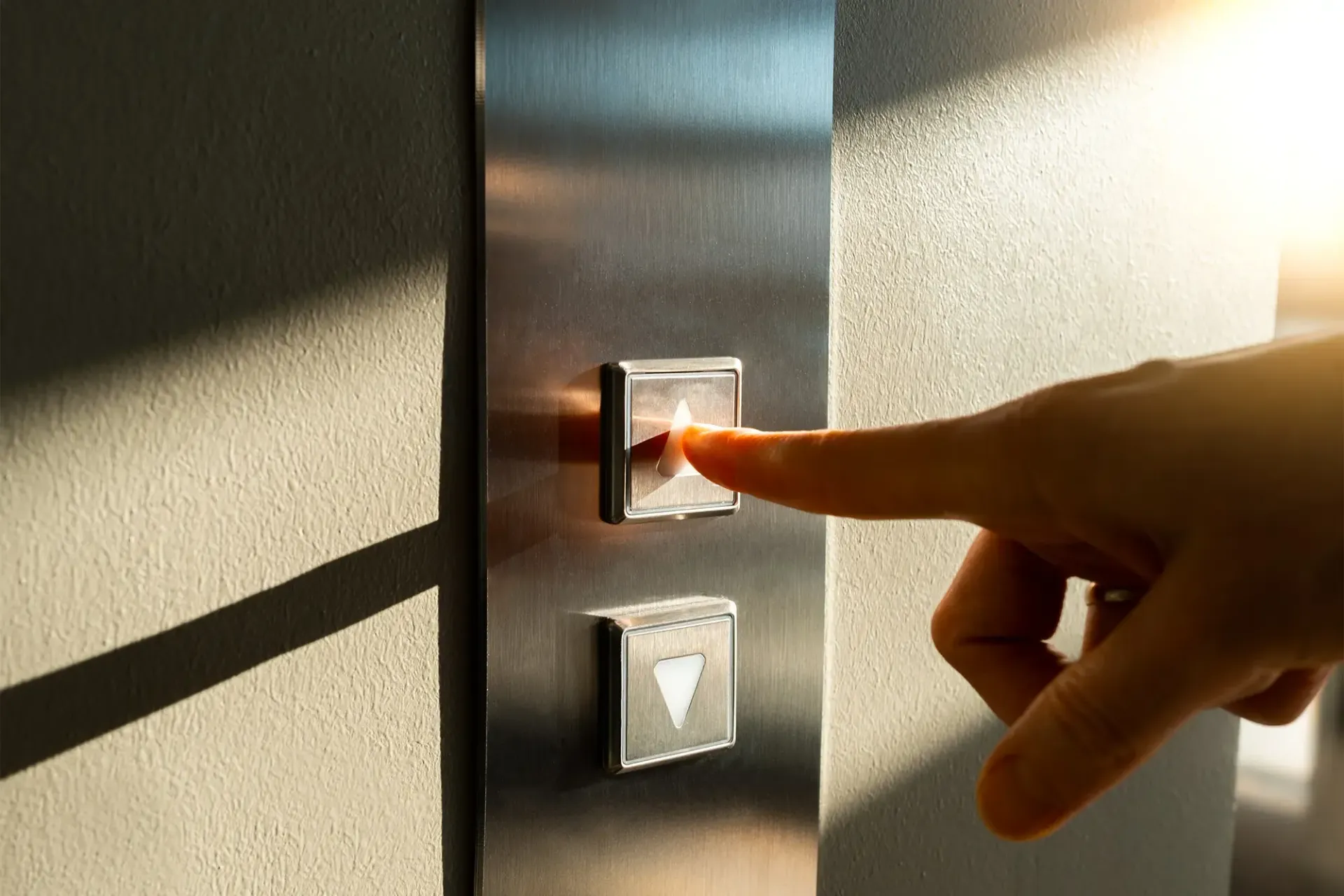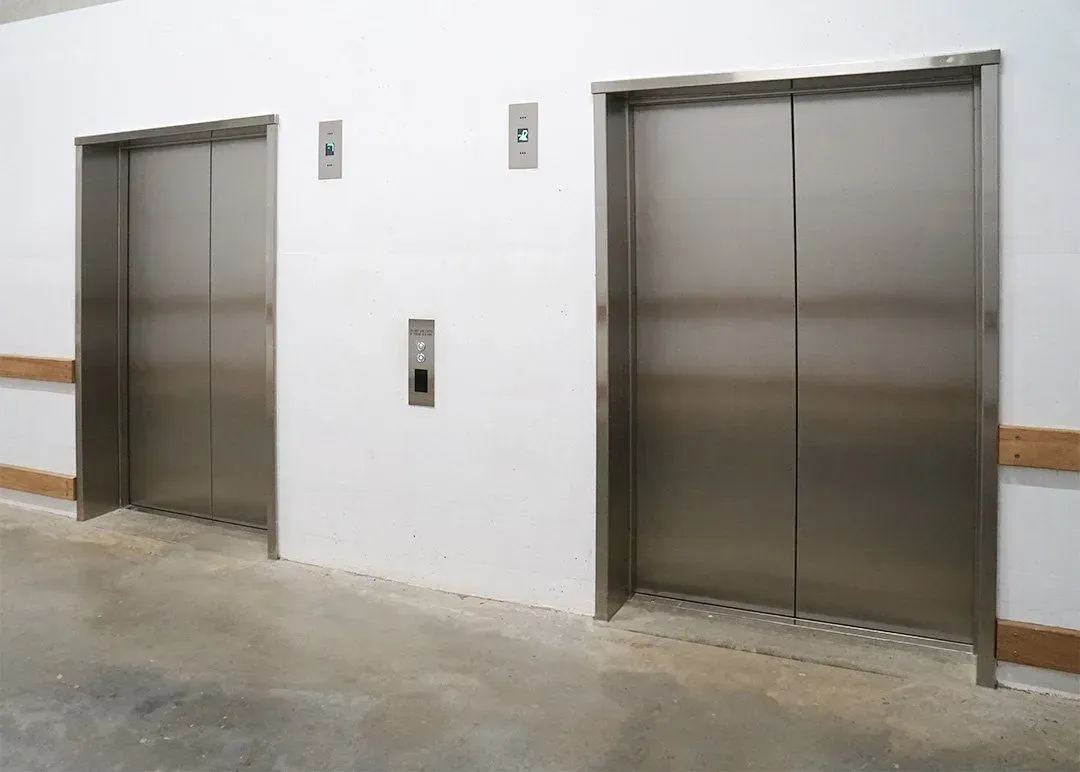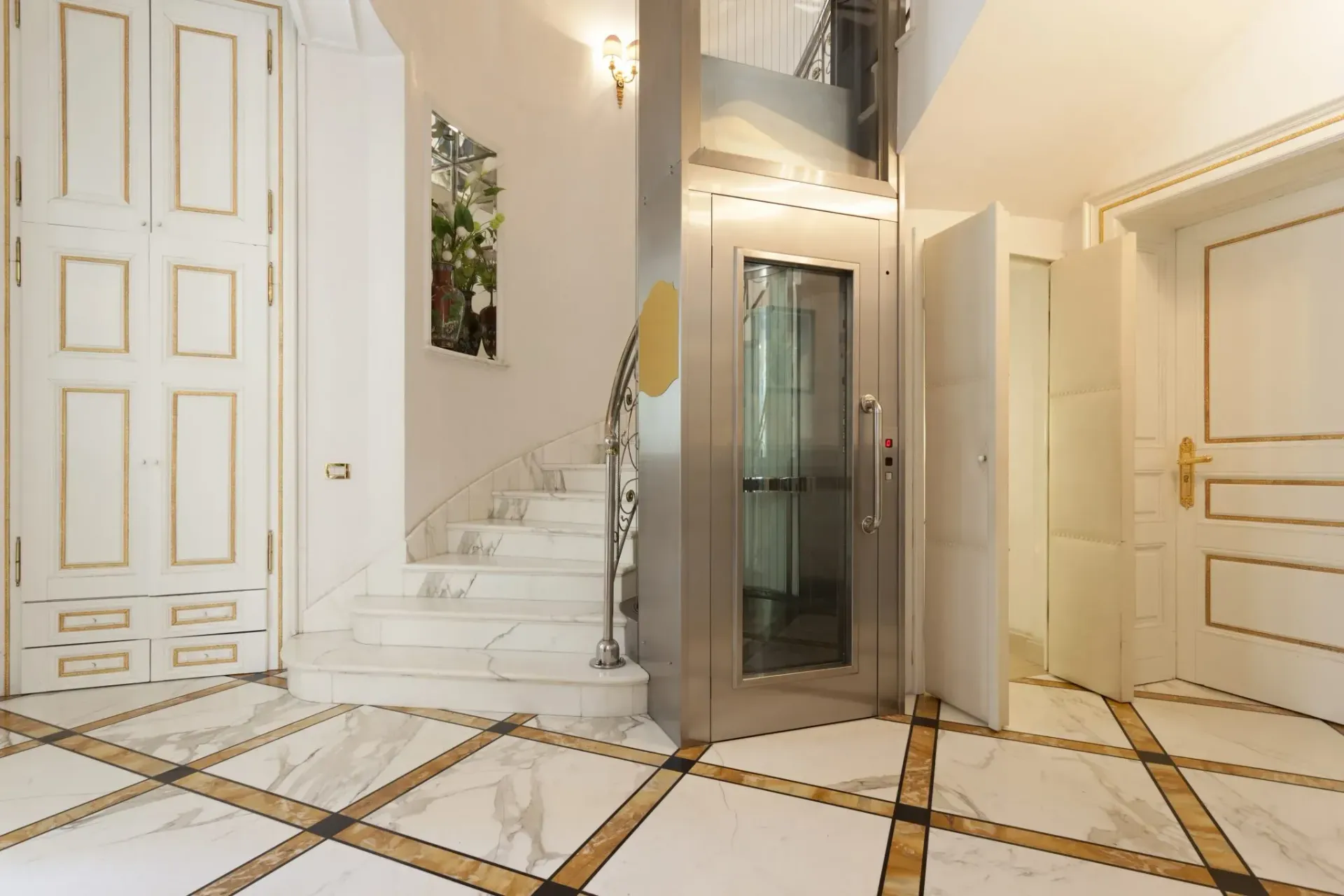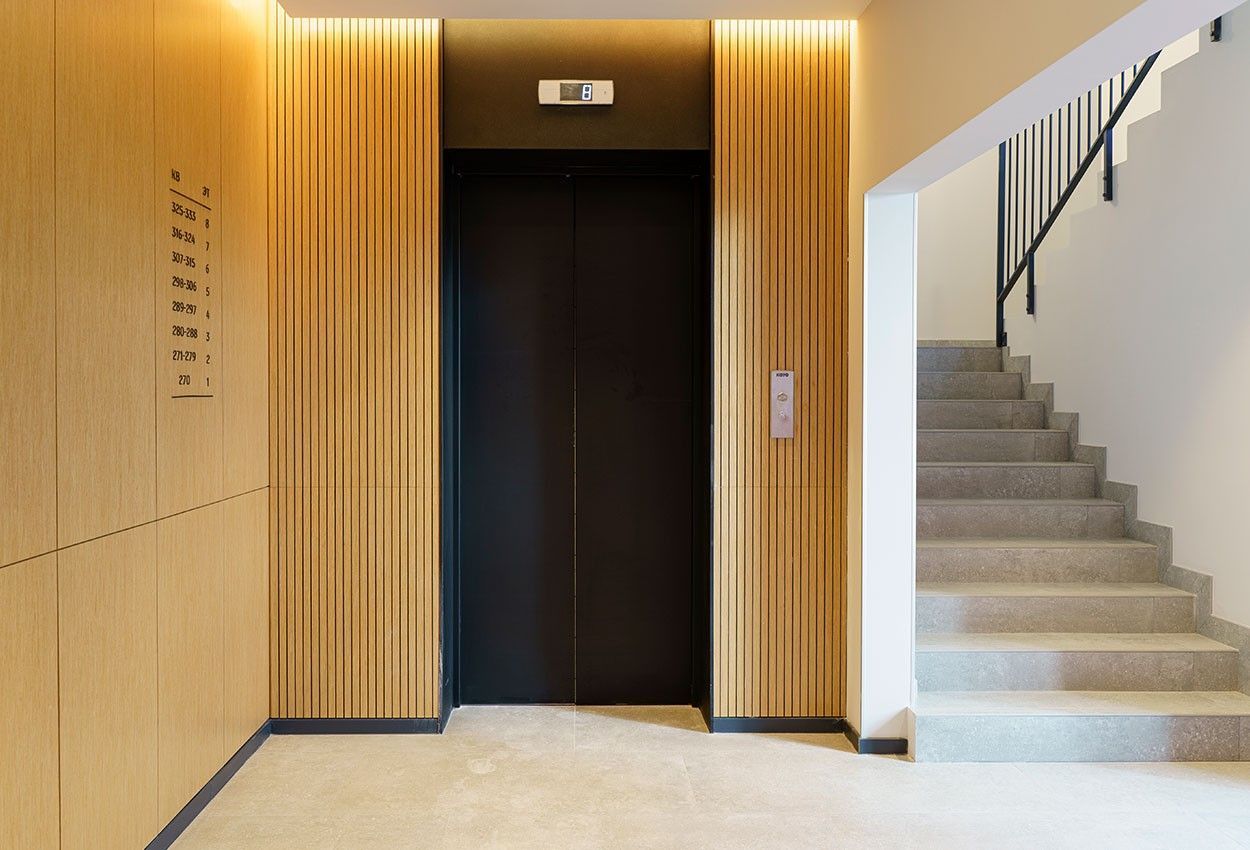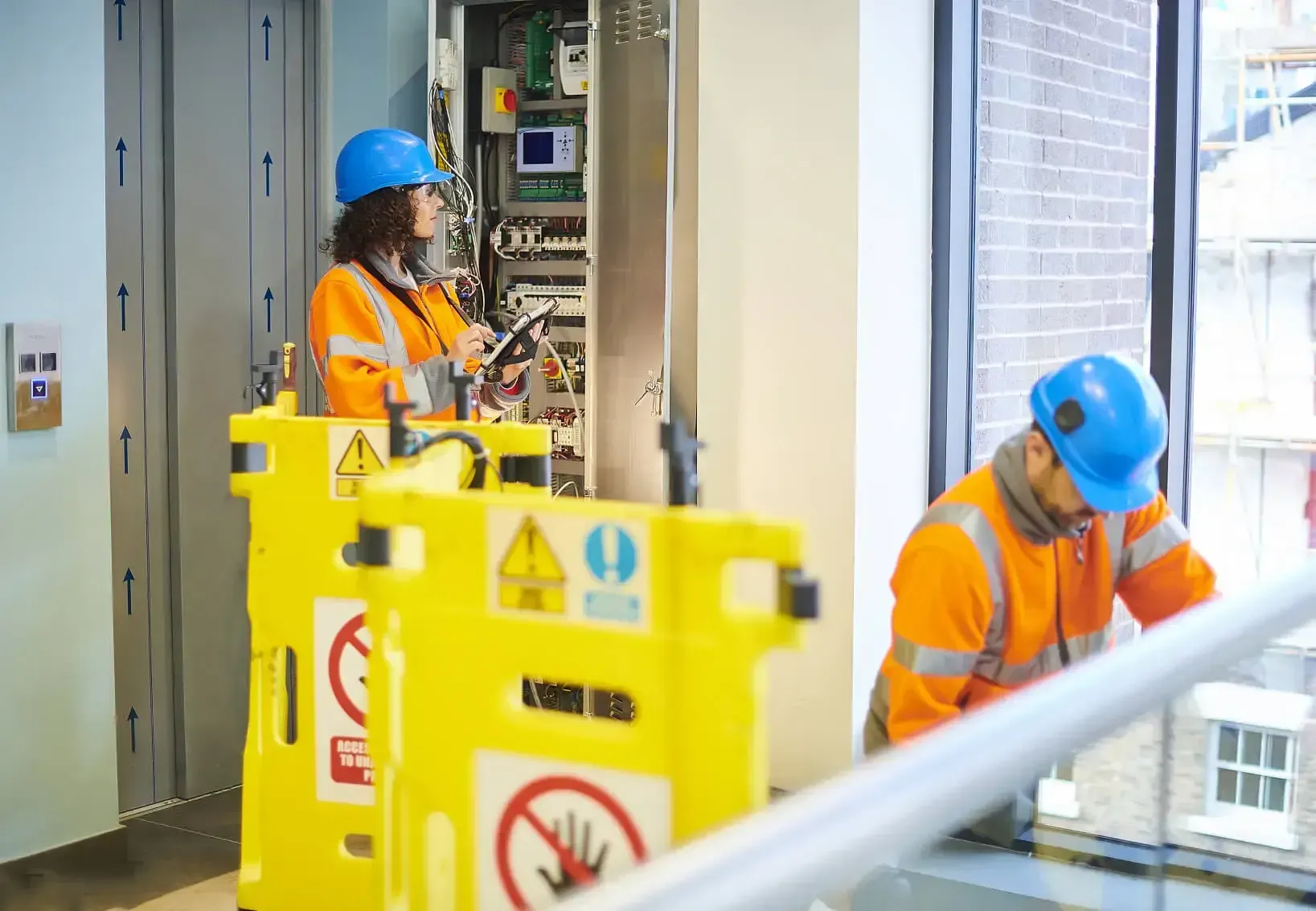How Elevators Have Transformed Cities, According to Lift Manufacturers
There was a time when lifts weren’t a common part of the building process. That meant stairs were used instead of lifts and every single floor had to be climbed. Needless to say, this put a severe limit on how tall a building could be. Very tall buildings were only eight storeys high. Lift engineers and their machines changed all that.
The Origins of the Elevator
Archimedes invented the first elevator back in 236 BC. There wasn’t much call for lifts at that point in time, but over the years, they were looked at as a potentially useful development. For example, in France, King Louis XV installed a rope pull lift in his palace that went from one floor to the next.
Later, lift engineers began to create lifts for coal mines, to rapidly transport large numbers of miners and materials in and out of the mines. Unfortunately, these lifts had little to no safety features and were considered quite dangerous. They weren’t suitable for use in buildings until Elisha Otis came out with the safety brake that would protect people from elevator falls.
Finally, the lift reached it’s true potential. It was able to lift people several storeys in tall buildings. That’s when the shape of our cities truly began to change.
Lift Companies Change the World
Once lifts were considered relatively safe, thanks to the invention of the safety brake, buildings were designed to use lifts. Suddenly, it was possible to build more than half a dozen storeys in a building and engineers began to work on all new designs. They created buildings that were higher and higher, with every story easily reached by an elevator.
There were and are limits to how high an elevator can go. This is completely dependent upon the cables being used. They can only hold for a certain amount of space, but over time, the cables have improved drastically. It won’t be long before a single lift car will be able to move over a kilometre vertically.
How has this changed the way our cities look? It’s certainly impacted the height of our buildings and how many people can live in a single city block. Imagine a 50-story building with elevators leading up to the top floor. It could take up an entire city section on its own and include thousands of offices or flats.
Now, imagine if that same building were reduced to five-story segments. It would take up 10 city sections instead of one, just to hold the same number of flats. The average height of new buildings in London is 30 storeys, with eight buildings reaching more than 60 floors. Over half of the tall buildings in the city are between 20-29 storeys.
That means that London would be many times over its current size if all buildings were topped out at five floors. It’s already a large city, so if it were to spread out even more, it would end up taking over a large chunk of land. This, of course, is the same for most major cities around the world.
As a result of lifts becoming commonplace, buildings have been able to stretch upward instead of spreading out and cities are more compact due to this. Another notable fact is that we can contain far more people in considerably less space by building vertically.
Where previously, a single building would hold perhaps 10 flats per floor and just 40-50 flats per building, it’s now possible to contain 500-600 flats in a single building, if not more. That has a huge effect on the population of a city.
Of course, residential buildings are not the only things using lifts to increase vertical space. Office buildings are now easier to ascend, making it simpler for people to find work in these companies. Even if someone is physically impaired, they can easily reach the 20th floor with ease, thanks to lifts.
The advent of the lift has made it far easier for people to work in the cities. They can live closer to their work and are able to rapidly arrive at their office, simply by taking the lift. This has allowed more people to take office jobs and the number of office workers has grown considerably, making cities the hub for this sort of activity.
Back when lifts were only a dangerous device used for miners, people who could afford the least lived in the upper floors of tall buildings. They had to climb five or six flights of stairs to reach their flat, so only the rich lived on the lower storeys. Today, it’s the opposite. The penthouse, or uppermost floor in a tall building, is the most prestigious place to live and the most expensive. All due to the lift.
Elevators have also been associated with an increase in wealth and creativity. This is shown by the number of patents and start up companies that appear in heavily compacted cities such as Singapore and Hong Kong. Earnings per person in these types of areas are also higher. Yet people living in high rise buildings tend to use less energy and they use fewer vehicles and less petrol, making it a potentially more eco friendly solution.
In part, this increase in green living and wealth is due to the underground. This has made it possible for people to get around in volume. They move down their building in a lift and then make their way to the tube, where they can easily move to the next building they need to get to and take a lift up to the floor they work on. It’s an efficient, effective system that has promoted the rise of greener living.
Incredibly, all of this is made possible by a small box moving up and down within buildings, invented centuries ago and being perfected over time.
Elevator Companies: Going the Extra Mile
Originally, lifts were simply boxes moving up inside a dark shaft. However, once Otis was cleared to create lifts for the Eiffel Tower, he designed something quite different. The lifts he built were meant to be an attraction all on their own, and they still are. He also designed 73 elevators to run up the Empire State Building in New York.
From there, lifts took on a life of their own. Rather than stay as metal boxes, they were transformed into glass and wrought iron, providing views and spectacles of their own. In London, The 1980’s Lloyd’s Building offers some impressive elevators that give a unique view of the city.
In Dubai, the Burj Khalifa boasts a lift that can move at up to 60 kilometres per hour, making the ride to the top of the world’s tallest building a rather short one. It also has a glass exterior, allowing riders to view the world from impressive heights.
Another notable lift is in Turin’s Mole Antonelliana. The elevator is made of glass and shoots up into the dome of the National Cinema Museum and then through a small oculus in the centre of the dome, showcasing an impressive view of the Italian city.
All over the world, lifts are now the normal method of transport for rising through several storeys of buildings. And it’s all thanks to Otis, for creating a safer way to move people.
Lift Maintenance
Despite some lifts being quite old, they are still in fine working order thanks to ongoing maintenance by lift service companies. These companies perform lift installation, maintenance, and repairs as needed.
With millions of people riding elevators daily, it’s essential that they remain in excellent condition. We do have security systems to prevent accidents and deaths, but it’s still best to keep the lifts working well. After all, you want to keep the efficiency of the lifts.
Maintenance teams are regularly dispatched to inspect lifts in apartment buildings and offices. They ensure that the brakes are in working order and that the cables are in good condition. They also inspect the interior of the lift to check for any potential issues. If a problem is found, it is resolved as quickly as possible to prevent slowing down transport. After all, in a full apartment building, it can be difficult to go from having three lifts to one, if there’s a problem.
With proper maintenance, it’s possible to keep lifts running for a very long time. Long enough to change the landscape of our cities.
Are you interested in learning more about lift installation? Contact our lift engineers at ADL Lift Services today to find out how we can help.


